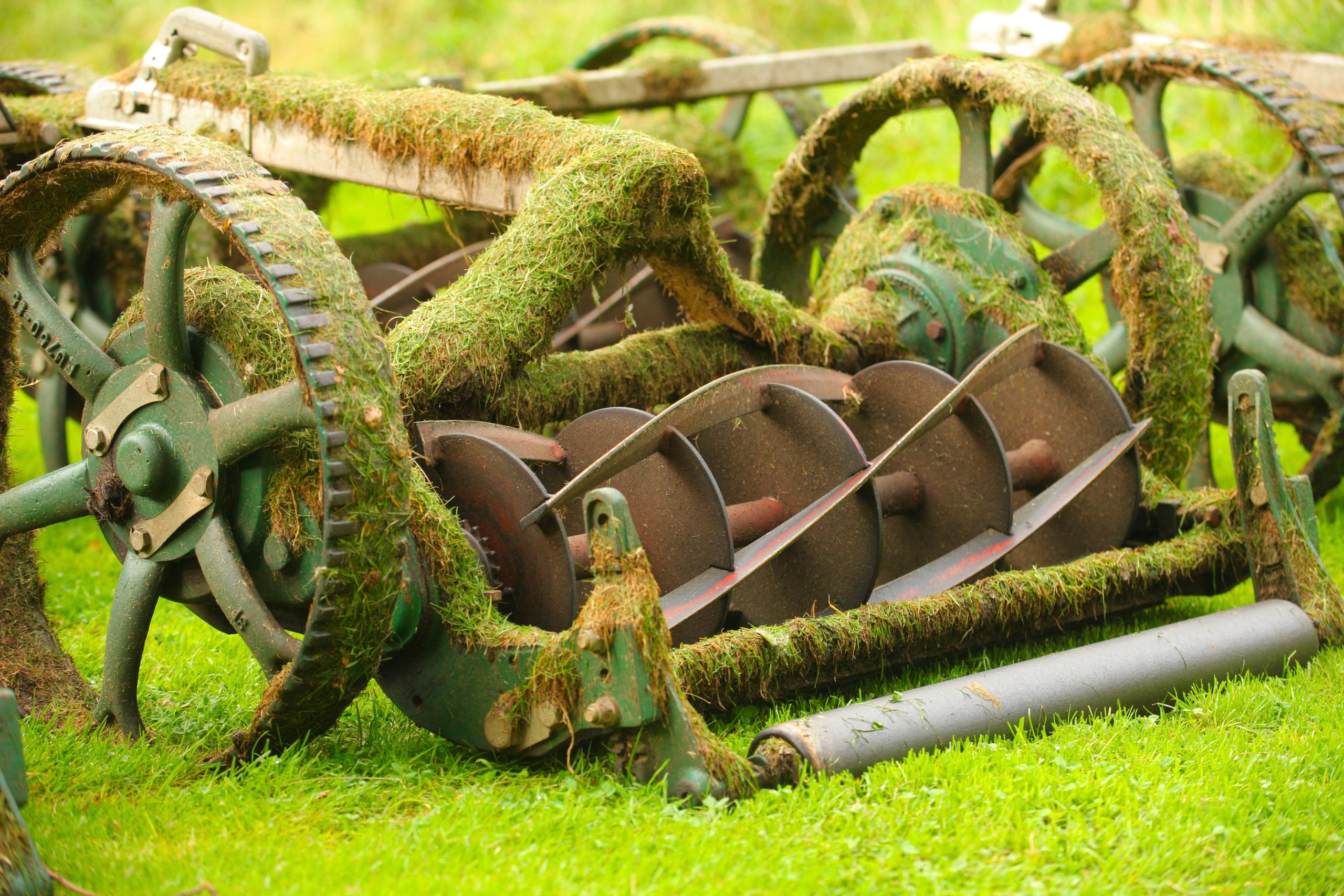
The Evolution of Golf
The game of golf is big on history, but that doesn’t mean it lives in the dark ages. Since its inception on the shores of Scotland in the 15th century, the game has evolved in many ways.
Gone are the knicker-style pants, wooden clubs and wooden balls (yes, they were originally made of wood). All aspects of the game today; the gear, apparel, courses and pro players are extremely different than their earlier versions. We must say, we couldn’t imagine playing in the days of mashies and featheries but a look back on the game is definitely interesting.

The Haskell golf ball was the first to feature a rubber core in 1898. Photo by Ohio History Central.org
The Golf Ball: Originally, golfers would find a well-shaped pebble and knock it around – no, we’re not kidding. Luckily, the golf ball has evolved and progressed over the years. In the mid-1800s, the gutta-percha ball was invented by Reverend Adam Paterson, who used the hard sap from a Gutta tree to mold and form the first version of a modern ball. In 1898, Coburn Haskell was the first to introduce a ball featuring a rubber core. The maximum distance? 430 yards. Nowadays, golf balls are made of high-quality polymers geared towards maximizing aerodynamics, durability and compression, and while there’ve been rumors of balls hit more than 700 yards, the longest recorded PGA Tour drive in recent years is 515 yards (by Mike Austin).

Early golf attire, shown here, typically comprised of wool kickers and high socks. Photo by Antique Athlete.com
Proper Attire: My, how things have changed. While there is still a small segment of the golf community that enjoys wearing wool knicker pants and old-school socks, proper attire on the golf course has changed in a big way. Pants, shirts and even socks are made with the golfer and the swing in mind. Apparel manufacturers now also design products for cold and warm-weather golfing, helping golfers stay comfortable no matter the elements.
Golf Shoes: Since the 1800s, golf shoes have changed dramatically. The earliest golf shoes included small nails for traction. The invention of molded and screw-in spikes quickly took over as the norm. In recent years, soft spikes have replaced metal spikes and even more recently a movement has shifted the golf shoe industry to focus on more natural or minimalistic golf shoes, some of which are designed without spikes altogether.

Scottish golfer ‘Young’ Tom Morris. Photo by James Hardie/Hulton Archive/Getty Images
Top Players: For years, the golf world has looked for the “Next Tiger,” but perhaps Tiger Woods was the “Next Tom Morris.” Golf’s original prodigy, “Young” Tom Morris – just like his father before him, “Old” Tom Morris – was one of the pioneers of the game, having won four straight British Open Championships by the age of 21. In the late 1800s, Harry Vardon took over as the world’s top player. He won a record six Open Championships and seven majors altogether. Presently, Woods remains among the world’s top golfers. Rory McIlroy has quickly become the game’s biggest star. The Northern Ireland-born 23-year-old is the reigning Player of the Year and a six-time PGA Tour event winner.
Golf Courses: Due to many advances in the game and general industrial technology, the design, maintenance and overall appearance of golf courses have also changed dramatically. While courses in the 1800s – some of which are still around today – were designed at the mercy of the land on which they were built, courses today are typically longer and include more challenges, including hills, water and bunkers. Current course designers have the ability to re-shape the land courses sit on to make the perfect track for the targeted golfing demographic, using upgraded machines and design tactics. Courses designed for professional golfers and tournaments are also made much longer with larger greens and more challenging conditions.

Leave a Reply
You must be logged in to post a comment.